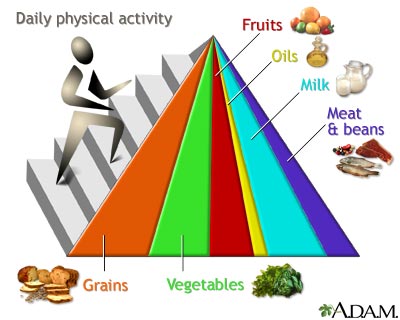Awareness of diet-disease relationships for cancer has also increased
significantly in recent years, but it remains at a lower level than for
heart disease. In 1984, consumers were most likely to mention food
additivessuch as artificial colors, nitrates, and preservativesas
dietary factors related to cancer. Since then, other dietary
factorssuch as dietary fiber, fat, and fruits and vegetableshave
become more important. Although fewer consumers associate fat
with cancer than with heart disease, by 1995 about one in five consumers
mentioned fat as a dietary risk factor for cancer.
Dietary links between foods (fruits and vegetables) and cancer prevention
show a change over time. In the mid-1980s, when dietary
fiber received considerable attention from both public health authorities
such as the National Cancer Institute and advertisers (e.g., the
Kellogg high-fiber cereal campaign), fiber was the most frequently
mentioned dietary factor for preventing cancer (Levy and Stokes,
1987). More recently, fruits and vegetables have received increasing
recognition; by 1995, one in three consumers mentioned fruits or
vegetables, nearly three times as many as mentioned fiber (Levy and
Derby, 1996). Recently, the National Cancer Institute has emphasized
the importance of fruit and vegetable consumption via its
Five-A-Day campaign (Eisner and others, 1992), whereas, without
continued reinforcement, the salience of the fiber message has diminished.
However, since eating five fruits and vegetables per day is an
effective way of increasing fiber intake while also obtaining other
beneficial food components, this shift in awareness is appropriate for
decreasing cancer risk.

